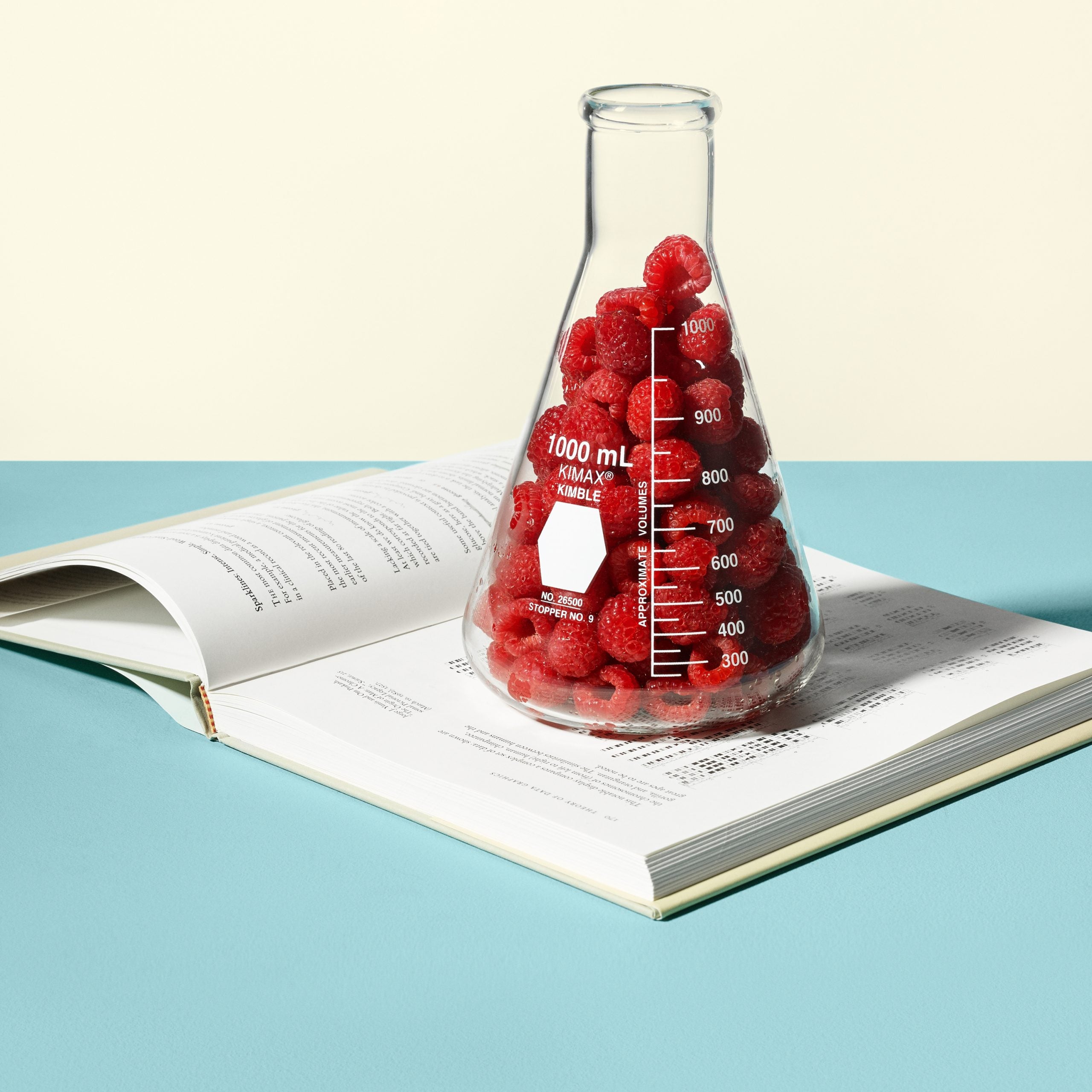Peggy Lemaux, a plant biologist at the University of California at Berkeley, was a lab researcher in 1987 when she first heard about genetic engineering. “I’d grown up on a farm in northwestern Ohio, and I thought, Wow, this technology has tremendous potential.” While at the lab, she was a member of the team that created the first modified corn seed. “At the time, I thought the big problem with GMOs”—or genetically modified organisms—“would be intellectual property, not consumer acceptance,” she says. “Boy, was I wrong.”
Today, it’s rare to visit a farmers’ market without seeing anti-GMO signs everywhere. There are good reasons for this. The first big GMO projects, in the 1990s, marketed herbicide-resistant corn and soybeans to farmers and encouraged them to increase use of glyphosate, the active ingredient in Roundup. “Abuse of that system led to herbicide-resistant weeds,” says Greg Jaffe, the biotechnology project director at the in Washington, D.C. “That will happen anyway, but this accelerated it.” Now farmers often must deploy more—and more toxic—chemicals. Scientists can’t predict the full impact of commercial-scale GM crops on bird and insect populations. Add to that a troubling lack of transparency from GMO-producing companies (and the sometimes murky relationships between Big Agriculture and academia) and there’s plenty to give the public pause.
“If we keep going on this trajectory of climate change and conflict, we’ll have to rely on technology,” says Jess Fanzo. “We’re going to need genetic modification.”
Still, most scientists think it’s a mistake to dismiss the innovations around genetically engineered food outright. For example, barely a third of the American public . Yet there’s consensus among scientists—including those at the and the , among others—that it’s as safe for human consumption as any other food.
“We’ve never been so dependent on science, yet we don’t accept it when we don’t like what it has to say,” says Chris Lambe, of Columbia University’s .
Consumers shouldn’t confuse the technology with the companies that employ it, says Lambe. That distinction is especially important as the challenge of feeding the planet amid climate change and a surging global population—a projected 9.7 billion people by the middle of the century—grows ever more daunting.
To pull it off, says Jaffe, we’ll need to utilize a broad range of practices, including organic farming, conventional methods (sometimes with a mix of mineral fertilizers in depleted soils), and GM crops, especially drought-tolerant varieties in areas with declining rainfall.
“If we keep going on this trajectory of climate change and conflict, we’ll have to rely on technology,” says Jess Fanzo, a professor of ethics and food at Johns Hopkins University. “It’s incredibly important. We’re going to need genetic modification.”
Lemaux thinks that any environmental concerns can be allayed as the technology advances. For example, a new type of genetic editing, called Crispr, uses a highly targeted method to find and replace specific genes instead of injecting entire strands of DNA. And initiatives like the can help achieve a balance between licensing technology to Big Ag and keeping it available for use in research and to assist developing countries.
Says Lemaux: “Now that a lot of the patents on GM technology are expiring, academic researchers could make improvements, make it less expensive, and explore how it could be useful without needing the large agrochemical companies.”


